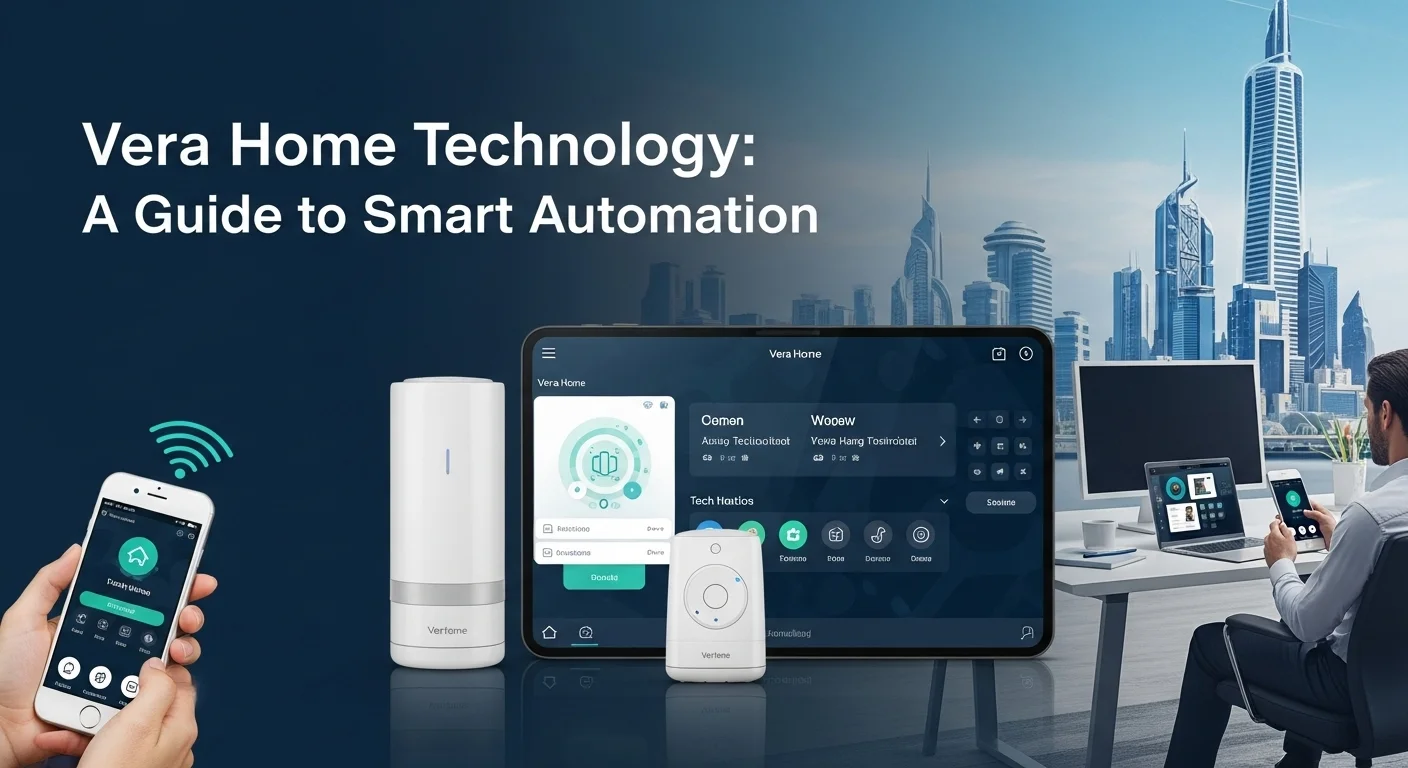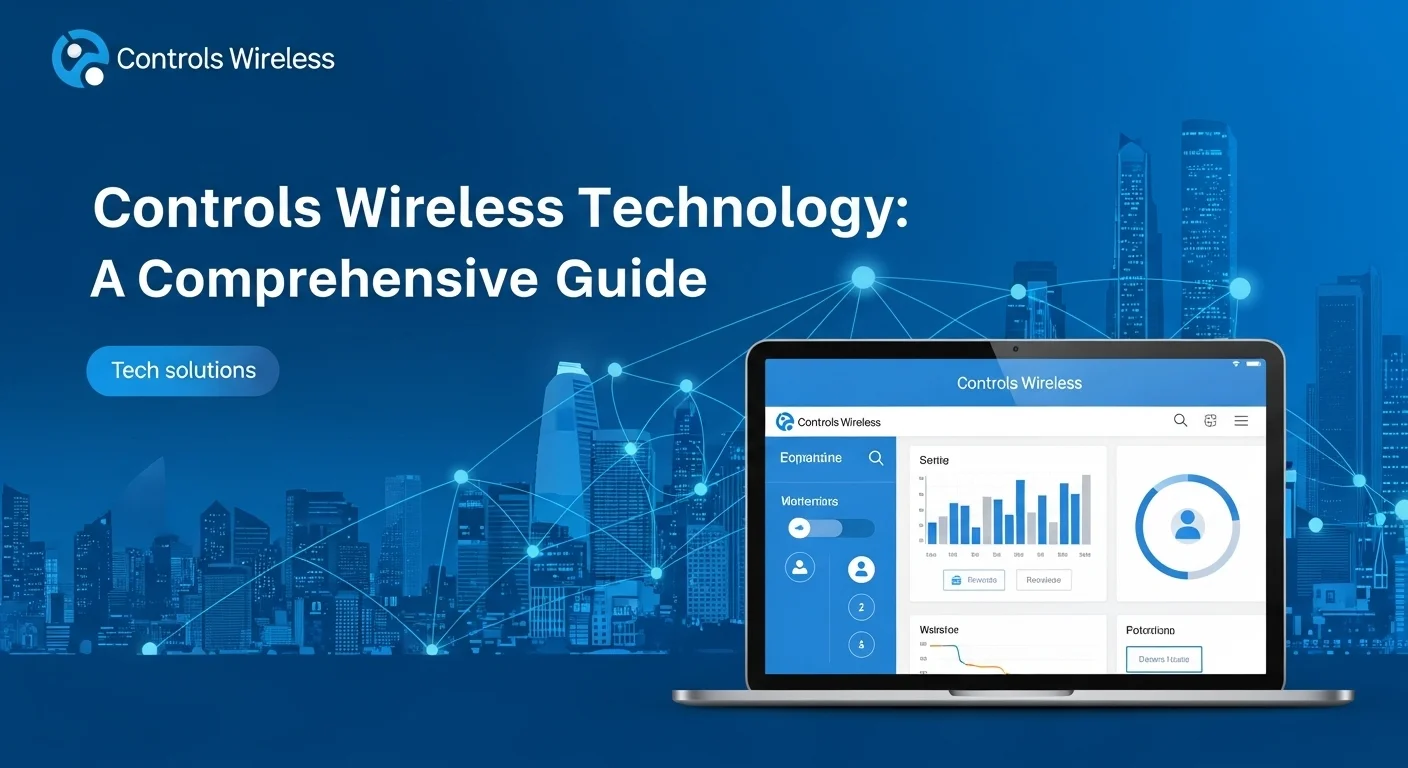DALL-E: How I Use AI to Create Anything I Can Imagine (And How You Can Too)

Executive Summary
Imagine describing any scene, any object, any idea, and watching it appear as a vivid image seconds later. That's not science fiction anymore; it's the reality of DALL-E, OpenAI's incredible AI image generator. In my years working with digital tools, nothing has been as transformative. It's changing how we approach everything from marketing campaigns to product design. This guide is my personal walkthrough, cutting through the hype to show you what this technology is, how it actually works, and how you can start using it to bring your own ideas to life. We'll cover everything from the basics to advanced strategies, giving you the knowledge to tap into this creative revolution.
Table of Contents
Table of Contents
- What is DALL-E, and Why is Everyone Talking About It?
- The Tech Behind the Magic: How DALL-E Works
- Real-World Business Wins
- Mastering the Art of the Prompt
- Integrating DALL-E into Your Business
- The Competitive Landscape: DALL-E vs. The Others
- Advanced Prompting for Power Users
- DALL-E in Your Everyday Business Tools
- Ethical Use and the Road Ahead
What is DALL-E, and Why is Everyone Talking About It?
I remember the first time I saw what DALL-E could do. A colleague typed 'an armchair in the shape of an avocado,' and a few seconds later, there it was. It felt like magic, but it was AI. The name itself, a clever mix of artist Salvador Dalí and Pixar's WALL-E, perfectly captures its spirit: surreal, creative, and futuristic. At its core, DALL-E, developed by the minds at OpenAI, is a generative AI that creates entirely new images from simple text descriptions. For years, AI was great at analyzing data that already existed. This tool, however, is a creative partner. It's a leap from an AI that just understands our world to one that can add to it, visually. This has massive implications for almost every industry, from graphic design to cloud computing.
The journey from the first version of DALL-E to the current one, DALL-E 3, has been incredible to watch. The original, launched in 2021, was a proof of concept. It could generate 'a snail made of a harp,' but the images were often low-resolution and a bit quirky. Then came DALL-E 2, which was a game-changer. Suddenly, we could create high-resolution, photorealistic images. The AI's understanding of our requests became so much deeper. It could not only create from scratch but also edit existing images with stunning precision—a feature we call 'inpainting'—or expand a picture beyond its borders with 'outpainting.' In my experience, this rapid evolution is a clear sign of where technology is headed. Just as cloud services made physical servers obsolete for many, generative AI is abstracting complex creative tasks, putting the power of visual creation into anyone's hands, no art degree required.
The Tech Behind the Magic: How DALL-E Works
So how does it turn your words into a picture? It's a fascinating two-step dance. First, when you type a prompt, a model like OpenAI's CLIP (Contrastive Language-Image Pre-training) gets to work. Think of CLIP as the master librarian. It's been trained on countless images and their text descriptions from the internet, so it has learned to associate words with visuals. It takes your prompt and translates it into a numerical code, a vector, that represents the essence of your idea.
This code is then handed off to the artist: a 'diffusion model.' I love this analogy: imagine an artist starting with a block of random static, like TV snow. Guided by the code from CLIP, the diffusion model carefully chips away at that static, refining it in hundreds of small steps until a clear, detailed image that matches your description emerges. The whole thing takes just a few seconds, powered by immense computational resources from cloud platforms. It's this beautiful interplay between understanding language and synthesizing images that makes DALL-E a true technological landmark.
Real-World Business Wins
When DALL-E became available through an API, it moved from a cool experiment to a powerful business tool. I've seen its benefits firsthand, and they usually boil down to three things: saving time, cutting costs, and unlocking creativity for everyone.
- Marketing and Advertising: This is the most obvious win. I've seen marketing teams go from spending weeks and thousands of dollars on a single photoshoot to generating dozens of ad concepts in an afternoon. Need a 'futuristic electric car on a neon-lit Tokyo street'? DALL-E can give you ten versions to test before you even finish your coffee. It's revolutionizing how brands test and optimize their visual campaigns.
- Product Design and Prototyping: For designers, DALL-E is like a superpowered sketchbook. Instead of spending hours on initial drafts, a product designer can just describe an idea—'a sleek, minimalist coffee maker made of bamboo and brushed aluminum'—and get an instant visual. This speeds up the brainstorming phase immensely, letting teams explore more ideas, faster.
- Content Creation and Media: As a creator, this one is close to my heart. Bloggers, writers, and indie filmmakers now have a bottomless well of custom art. You can generate a unique header for an article or storyboard an entire scene without hiring an artist. It lowers the barrier to producing professional, visually engaging content.
- E-commerce: Imagine showing your product in any setting imaginable without a costly photoshoot. With features like inpainting, an online furniture store can take one photo of a sofa and place it in a 'cozy Scandinavian living room' and a 'modern industrial loft,' all generated by AI. It's a powerful way to help customers visualize products in their own lives.
The biggest benefit I see across the board is a massive boost in what I call 'creative velocity.' The old bottlenecks are disappearing. When you can test visual ideas as fast as you can type them, you empower your teams to be bolder and more innovative. It’s a fundamental shift in how we think about design and branding.

A Practical Guide to Using DALL-E in Your Business
To truly leverage DALL-E, you need to move beyond just playing with it. For any professional, mastering this tool means getting strategic. You need to learn how to 'talk' to the AI, integrate it into your workflows, and understand where it fits in the broader landscape of creative tools. This is my practical guide to making DALL-E a real, effective part of your business strategy.
Mastering the Art of the Prompt
The single most important skill for using DALL-E is prompt engineering. I tell my clients that the quality of your output is a direct reflection of your input. A vague prompt like 'a dog' gets you a generic image. A great prompt gets you a work of art. It’s like being a director for the AI.
Here are the key techniques I teach:
- Be a Specific Director: Don't just say 'a car.' Say 'A vintage 1967 cherry red Ford Mustang convertible, parked on a cliff overlooking the Pacific Ocean at sunset, golden hour lighting, photorealistic, high detail.' You're giving the AI a complete scene to build.
- Define the Style and Medium: DALL-E knows art history. Ask for what you want! Use phrases like 'in the style of Vincent van Gogh,' 'as a pencil sketch,' '3D render,' 'Studio Ghibli anime style,' or 'a photograph taken on 35mm film.' This is crucial for creating visuals that match your brand's aesthetic.
- Frame the Shot: Use photography terms to control the composition. I often use 'wide-angle shot,' 'macro shot,' 'close-up portrait,' or 'drone footage view.' This puts you in control of the camera.
- Set the Mood: Adjectives are your best friend. Words like 'serene,' 'dystopian,' 'whimsical,' or 'vibrant' tell the AI what feeling you're trying to evoke. This is essential for marketing materials that need to connect emotionally.
- Iterate and Refine: Your first attempt is just a starting point. Look at what the AI gave you and refine your prompt. Think of it as a conversation. Maybe add something, take something away, or rephrase it.
For businesses, I highly recommend creating a 'prompt library'—a document with proven prompts that align with your brand's visual identity. It's a huge time-saver and ensures consistency.
Integrating DALL-E into Your Business
Using the DALL-E website is one thing, but the real power for businesses comes from its API (Application Programming Interface). This is where the tool goes from a cool gadget to a core business engine. The API lets your developers build DALL-E's magic directly into your own software.
Here's what that looks like in practice:
- Automated Social Media Content: A system can be built to automatically generate a unique header image for every new blog post. It can pull keywords from your article, create a prompt, and get an image from the API, all without human intervention.
- Personalized E-commerce: An online store could let customers design their own products visually. Imagine a customer describing a t-shirt design and seeing an AI-generated mockup appear on the screen in real-time.
- Internal Design Bots: I've seen large companies create internal tools where any employee can request a simple graphic. A sales rep needing an image for a presentation, like 'a graph showing upward growth as a rocket,' can get it instantly, freeing up the professional design team for more important work.
- Cybersecurity Training: This is a fascinating one. The API can be used to generate an endless supply of realistic but fake phishing emails or social media profiles. It's a powerful way to train employees to spot digital threats in a safe environment.
Setting up the API requires some technical know-how, but the payoff in efficiency and innovation can be enormous. It turns DALL-E into a fundamental building block of your company's tech stack.
The Competitive Landscape: DALL-E vs. The Others
I get this question all the time: 'Should I use DALL-E, Midjourney, or Stable Diffusion?' There's no single right answer; it's about the right tool for the job. Here's my quick breakdown:
- DALL-E (OpenAI): This is your reliable, versatile workhorse. It's known for being easy to use, great at understanding literal and complex prompts, and its powerful editing features. With a strong API and Microsoft integration, it's often the best choice for scalable business solutions.
- Midjourney: This is the 'artist' of the group. Midjourney is famous for producing stunning, highly stylized, and often dramatic images. It operates through Discord, which is a unique, collaborative environment. I recommend it to designers and artists looking for aesthetic inspiration.
- Stable Diffusion: This is the 'power user's' choice. It's open-source, which means you can run it on your own hardware and modify it endlessly. This offers incredible flexibility and control but comes with a much steeper learning curve. It's for those who want to get under the hood and build something truly custom.
My Rule of Thumb:
- For ease of use and business integration: DALL-E.
- For artistic and stylized results: Midjourney.
- For maximum control and customization: Stable Diffusion.
Many creative teams I know actually use a mix. They might brainstorm with Midjourney, create specific assets with DALL-E, and use Stable Diffusion for a highly specialized internal project.

Pro Tips and Future-Proofing Your AI Skills
As DALL-E becomes a standard part of our digital toolkit, the goal shifts from just using it to mastering it. To really get the most value, you need to adopt advanced strategies and stay mindful of the bigger picture. In my work, I focus on helping people develop a symbiotic relationship with the AI, where human creativity guides the machine to produce something amazing.
Advanced Prompting for Power Users
Ready to go from good to great? Here are a few of the advanced techniques I use every day to get precisely what I want from the AI:
- Leverage Professional Lingo: The AI has been trained on text from photographers and artists, so use their language! Ask for a 'bokeh' background, 'long exposure' light trails, 'chiaroscuro' lighting, or 'impasto' paint strokes. The more precise your vocabulary, the more professional your results will be.
- Aim for Character Consistency: Creating the same character in different scenes is a classic AI challenge. The latest versions of DALL-E are getting better at this with features that let you reference a character's ID. The general strategy is to be incredibly descriptive. Create a 'character sheet' in your prompt: 'A 30-year-old woman with fiery red hair in a messy bun, green eyes, a small scar above her left eyebrow, wearing a worn brown leather jacket.' Use this exact description every time to improve consistency.
- Use Negative Prompts: Telling the AI what you *don't* want is just as important as telling it what you do. Many platforms using DALL-E have a field for negative prompts. I use it to get rid of common AI issues. For example: `Negative prompt: blurry, text, watermark, ugly, deformed hands, extra limbs`. This is a simple trick that dramatically cleans up the final image.
- Think in 'Weights': While not always a visible feature, the concept of weighting is key. Some advanced tools let you tell the AI that one part of the prompt is more important than another, like `(red car:1.3), (blue background:0.7)`. Even if you can't type this directly, structuring your prompt with the most important element first can have a similar guiding effect.
DALL-E in Your Everyday Business Tools
The real magic happens when DALL-E isn't just a website you visit, but a feature inside the software you already use daily. This integration is where the technology truly shines for business.
- Microsoft 365 Copilot and Designer: As OpenAI's main partner, Microsoft is weaving this AI into everything. In PowerPoint, you can now just ask it to 'create an image of a team collaborating,' and it appears on your slide. Microsoft Designer is their answer to Canva, but powered by DALL-E, generating not just images but entire design layouts from a text prompt.
- Stock Photo Integrations: Major players like Shutterstock have embraced AI. You can now go to their site, and if you can't find the perfect photo in their massive library, you can ask the integrated AI to create it for you. It's a perfect blend of human-made and AI-generated content.
- Cybersecurity Visualization: This is a forward-thinking application I'm excited about. Instead of just staring at lines of code in a log file, security analysts can use generative AI to visualize a network attack as an intuitive, dynamic diagram. This helps them spot patterns faster and explain complex threats to others.
- For Deeper Tech Insights: To stay ahead of the curve on AI, I regularly read the MIT Technology Review's section on Artificial Intelligence. It offers sharp analysis on the business and societal impact of tools like DALL-E.
Ethical Use and the Road Ahead
With any powerful new technology, we have to talk about responsibility. As creators, we must be mindful of the ethical challenges. These include the potential for creating convincing misinformation ('deepfakes'), the biases in the AI's training data that can lead to stereotypes, and the ongoing debate about copyright. Companies like OpenAI have built-in safeguards to block harmful content, but the conversation is far from over. It's on all of us to use these tools responsibly.
So, what's next? In my opinion, we're just scratching the surface. Future AI models will likely generate high-fidelity video and 3D models from text. Their understanding of our world—of physics, context, and logic—will become even more nuanced. For all of us in the tech and creative fields, the key is to stay curious, keep learning, and build ethical frameworks for our work. The experience of using DALL-E today is a thrilling preview of a future where the line between a human idea and a digital creation becomes almost invisible.
Expert Reviews & Testimonials
Sarah Johnson, Business Owner ⭐⭐⭐
Good overview of DALL-E, but I was hoping for more hands-on examples for a small business owner like me.
Mike Chen, IT Consultant ⭐⭐⭐⭐
A really helpful guide to DALL-E. It cleared up a lot for me, though a couple of the tech explanations were a bit dense. Still, a great read.
Emma Davis, Tech Expert ⭐⭐⭐⭐⭐
Fantastic article! As a tech specialist, I found this incredibly comprehensive and clear. It's a huge help for my work. Perfectly explained.



